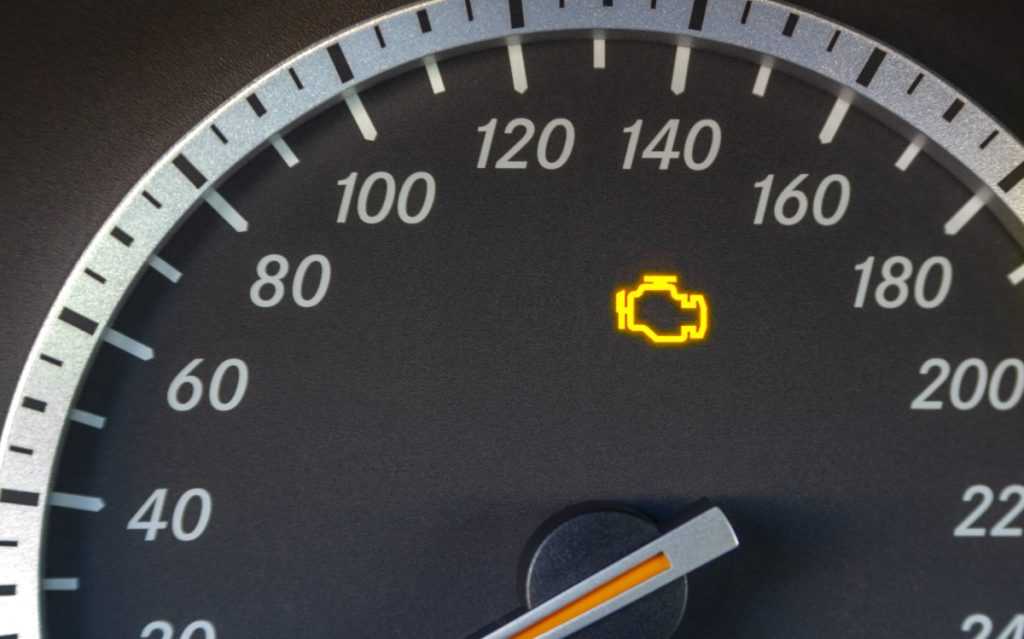Understanding Check Engine Light Codes: A Guide for Boston, MA Drivers
The check engine light is one of the most recognizable indicators on your vehicle's dashboard. However, it often sparks confusion and concern among drivers. What does it mean when this light illuminates, and how can you understand the underlying issue? In this blog post, we’ll delve into the purpose of the check engine light and provide a guide on how to read and interpret common OBD-II codes, tailored specifically for Boston, MA drivers.
What Does the Check Engine Light Indicate?
The check engine light is part of your car’s onboard diagnostics system (OBD-II). When the light comes on, it means that the system has detected an issue related to the engine, emissions, or other critical components. While the light can indicate a minor problem, it can also signify something more serious that requires immediate attention.
Common reasons for the check engine light to activate include:
- Faulty oxygen sensor
- Loose or damaged gas cap
- Malfunctioning catalytic converter
- Failing ignition coil or spark plugs
- Mass airflow sensor issues
How to Read OBD-II Codes
When the check engine light comes on, your vehicle stores a diagnostic trouble code (DTC) in its computer system. These codes can be read using an OBD-II scanner, a device that connects to the OBD-II port usually located under the dashboard. Here’s a step-by-step guide to reading and interpreting these codes:
- Connect the OBD-II Scanner
Plug the scanner into the OBD-II port. Turn on the ignition but do not start the engine. Follow the scanner’s instructions to retrieve the codes. - Retrieve the Codes
Once connected, the scanner will display any stored codes. These codes typically consist of one letter followed by four digits (e.g., P0171). - Interpret the Codes
The letter at the beginning of the code indicates the system related to the problem:- P: Powertrain (engine, transmission, and emissions)
- B: Body (airbags, seat belts, etc.)
- C: Chassis (suspension, steering)
- U: Network (wiring, communication between modules)The first digit of the code specifies whether the code is generic (0) or manufacturer-specific (1). The remaining digits pinpoint the specific issue.
Common OBD-II Codes and Their Meanings
Here are some frequently encountered OBD-II codes and what they typically mean:
- P0171: System Too Lean (Bank 1)
This code indicates that the engine's air-fuel mixture is too lean, usually caused by a vacuum leak, faulty mass airflow sensor, or a weak fuel pump. - P0300: Random/Multiple Cylinder Misfire Detected
This code suggests that multiple cylinders are misfiring, which can be due to bad spark plugs, ignition coils, or fuel delivery issues. - P0420: Catalyst System Efficiency Below Threshold (Bank 1)
This code means the catalytic converter is not operating efficiently, often due to a failed converter or an issue with oxygen sensors. - P0455: Evaporative Emission System Leak Detected (Large Leak)
This code typically indicates a large leak in the EVAP system, often caused by a loose or damaged gas cap. - P0500: Vehicle Speed Sensor Malfunction
This code points to a problem with the vehicle speed sensor, which can affect speedometer readings and transmission shifting.
Addressing the Issue
While some issues can be resolved by tightening the gas cap or replacing a faulty sensor, others might require professional diagnosis and repair. Ignoring the check engine light can lead to more serious problems and costly repairs down the road.
Final Thoughts
The check engine light is a crucial tool for maintaining your vehicle's health. Understanding and interpreting OBD-II codes can help you diagnose issues early and take appropriate action. If you're unsure about the codes or how to fix the problem, it's always a good idea to consult with a professional mechanic.
